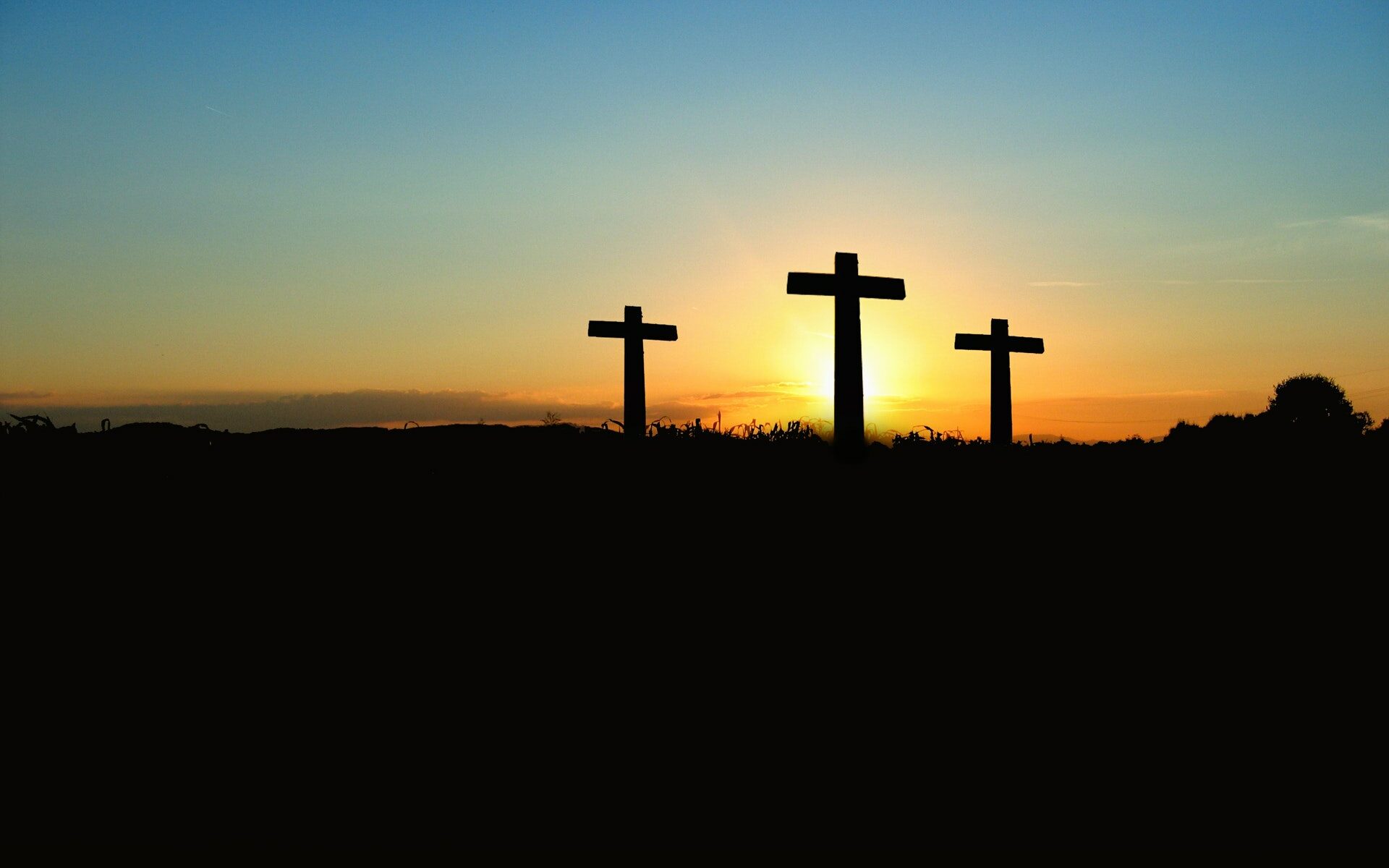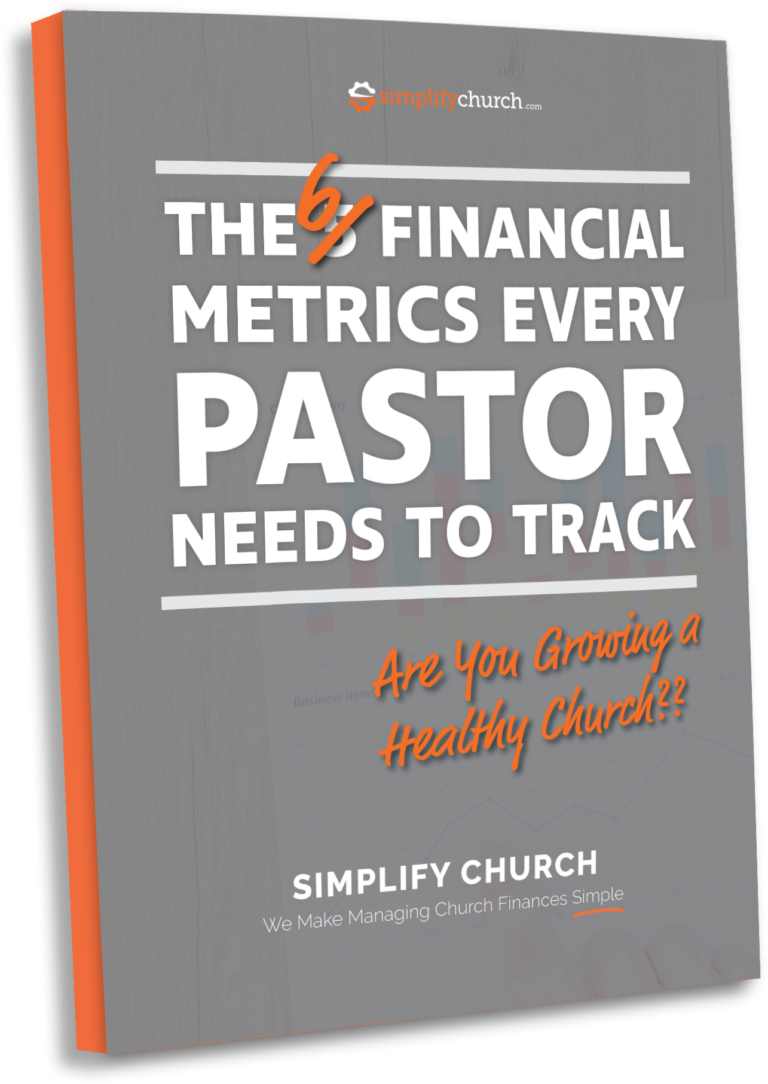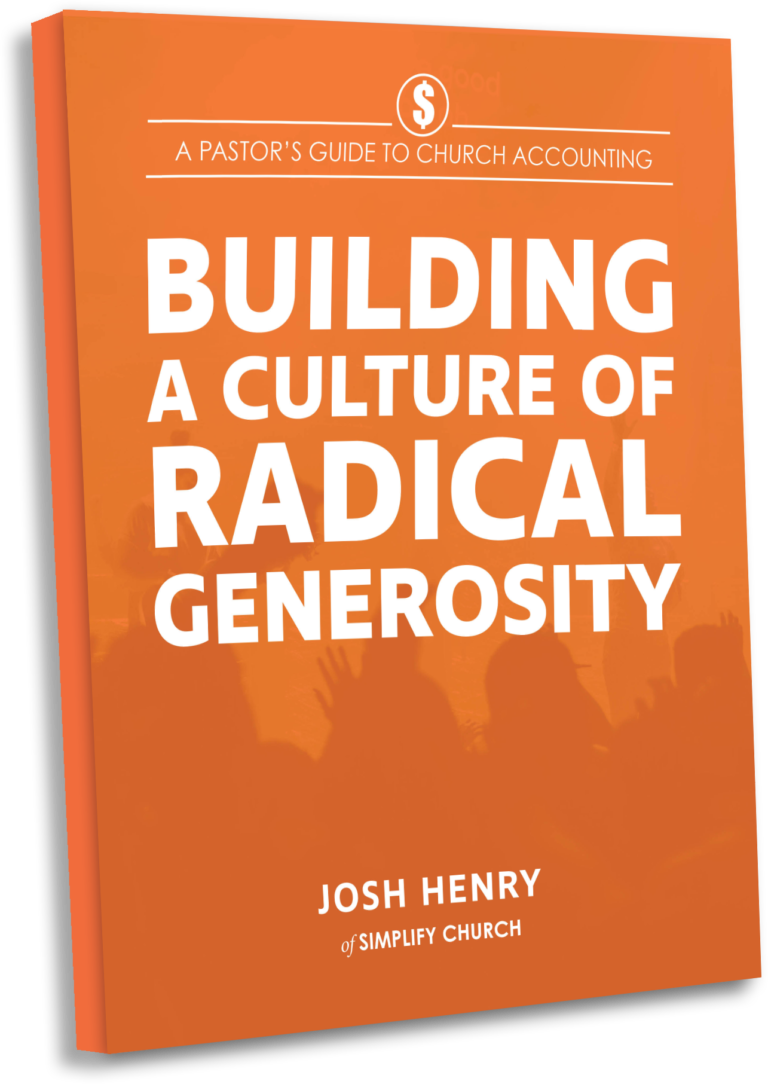Simplify Your Easter Planning
Believe it or not, Easter is just around the corner.
Arguably one of the most impactful Sundays of the year for pastors and churches, it is imperative that we take every opportunity to make the most of it. Absolutely, we know that God is at work and moving in the hearts of people, but we can take action and do our part to be prepared for what God brings.
As we head out of the cold months (at least for those of us up here above the Mason Dixon line), it can be hard to think about what’s just ahead in April. But the key to a successful Easter service is preparing early AND thinking through how you can meaningfully impact the lives of those who will walk through your church’s doors this Easter.
Click here to download your Simplify Easter Planning Checklist:
Why Easter Sunday Matters in 2023
Pastor, let’s be real for a minute. For as long as you’ve been in ministry, you’ve probably heard the adage that Easter Sunday is one of your most important and most impactful Sundays. It’s one of the few times a year you will get a flood of visitors to your church. You need to be prepared and go all out to make it meaningful.
In fact, you may have heard these messages for so long that it’s become routine. Easter Sunday can easily become just another thing on your never-ending checklist.
BUT.
Easter Sunday matters in 2023 because we are living through a massive shift in the way that people think about the church and its relevance to their daily lives. And as the world shifts and attempts to move into some sort of new normalcy, you may even see an even high percentage of visitors this year. People are hurting. People are searching for meaning and a way to make sense of life.
And while times have changed, the TRUTH of the gospel and the HOPE we have in Jesus has not.
If Only Planning and Executing a Meaningful Easter Sunday Were That Simple
Knowing that Easter Sunday matters is one thing. Planning and executing a meaningful service or other weekend event is something else entirely. I get it. Planning for Easter Sunday can feel overwhelming, especially if you have a small team and a limited budget. (Or, if you tend to wait until the last minute to plan…as I am often prone to do).
You don’t want to miss the opportunity to reach more people…but there are only so many hours in a day. That’s why we created the Simplify Easter Checklist. This checklist will help you plan a meaningful Easter weekend without the overwhelm.
At Simplify Church we exist to help pastors simplify and grow healthy churches. That’s why we provide education and financial services for small and growing churches. And that’s why we created this checklist. Because we want to partner with you to make this Easter meaningful.
Download the Simplify Easter Checklist
This blog post will walk you through three keys to make this Easter meaningful. The checklist will give you the timeline to make this a reality for your church…regardless of the size of your church or the number of people on your staff. Remember, the more resources you have, the more you can do. But always choose quality over quantity.
Making Easter 2023 Meaningful
So what can you do to make this Easter a meaningful and impactful weekend for your church?
Establish What Success Looks Like
The very first thing you need to think about is what success would look like for your church. Nope, not anyone else’s church. Yours.
Without an end goal in mind, we have no way to know where we’re going. Every time you take a road trip, you have a starting point and an end destination in mind. From there, a map will give you the directions on how to get there.
The same principle applies here. If you establish what a successful Easter weekend will look like, or what you want the end result of the service to be, you can then reverse engineer the steps required to get there.
What do you want to accomplish with your Easter service? What are your goals?
- More first-time guests?
- To encourage infrequent attendees to become regular attendees?
- Salvations?
Your goals can be anything, but the key is that you come up with a measurable result. If the goal cannot be measured, you have no way to know if you’ve accomplished it. Feelings and perceptions can be dangerous, especially when it comes to leadership.
Think about the growth engines and the mission of your church. Do your Easter weekend goal(s) align with your church mission and vision? And are they realistic? It’s easy to want to do ALL the things, but with a limited budget and staff, you must be more selective and realistic about what your focus should be.
We want to reach everyone with the message of the gospel, but usually if you’re trying to reach everyone, you’re reaching no one. If instead, you focused on reaching families with young children with your Easter weekend…then you would build your sermon, your promotions, and your activities around that demographic. You could offer a community Easter egg hunt, or have a special kids activity during the main service.
Once you determine your focus and goals for the weekend, you’ll put together your sermon theme. Everything you plan for the weekend should revolve around this theme and your goals.
Make A Plan
This includes sharing the vision of the goal with your team. Your team may be just you and your wife or it may be a full staff of people, but either way you need to articulate it with someone else.
Side note: by sharing the goal, you may realize more details about the goal you hadn’t considered when working on it by yourself.
Once you’ve shared the end result plan, its time to figure out what you’re willing to do to get there. This includes preparing a budget and plan.
Now the budget needs to be both monetary and commitment. This involves how much you are willing to spend on tangibles, but also how much time you’re willing to allocate from yourself and your team. There will be some involvement that has to occur and you cannot do this alone.
Once you have a plan of action and a team, work together to take bite-sized steps of action towards your goal. The checklist has suggested actions to take the four weeks leading up to Easter Sunday. Feel free to use these actions or create your own timeline and task list to set your church up for success.
Debrief After the Fact
Having a goal is great, and having an easy-to-follow plan will dramatically boost your effectiveness (and reduce the overwhelm you feel), but a true key to growing a healthy church is taking time after the fact to reflect, assess and debrief the weekend. What went well? What were your key metrics? What can you learn from those numbers? Where did you struggle? And how can you learn from that experience?
Many leaders will tell you that the follow up (and follow through) is often just as important as the task or event itself. Be intentional about looking back with your team once Easter has passed and measure the results. Find out which parts of your goal you achieved, and in what areas you may have fallen short.
Bonus: Take Time to Rest
I shared with you three keys to help you plan a meaningful Easter Sunday weekend this year. But I want to leave you with one last bonus tip to help you grow a healthy church. And that is to make sure you intentionally take time to rest.
It’s easy to let our schedules fill out, and to work hard in support of some very good goals. But one of the most important elements of a healthy leader is the ability to lead from a healthy place. And that involves taking times for rest, especially after a season of extra work. Planning for a big weekend like Easter can take a lot out of you as a pastor. You will need to rest and recharge to be able to maintain and sustain growth for your church.
Have You Downloaded The Simplify Easter Checklist Yet?
If not, here’s another link to the checklist. It will help you avoid last-minute stress and set your church up for maximum impact.
Whatever you choose to do this Easter, know that we are here to support you in whatever way we can. We understand the challenges that come with doing ministry because we’ve been there. If you’re ready to focus on growing a healthy church, schedule a free discovery call. We’ve helped hundreds of small and growing churches optimize their church finances, and we’d love to do the same for you.




